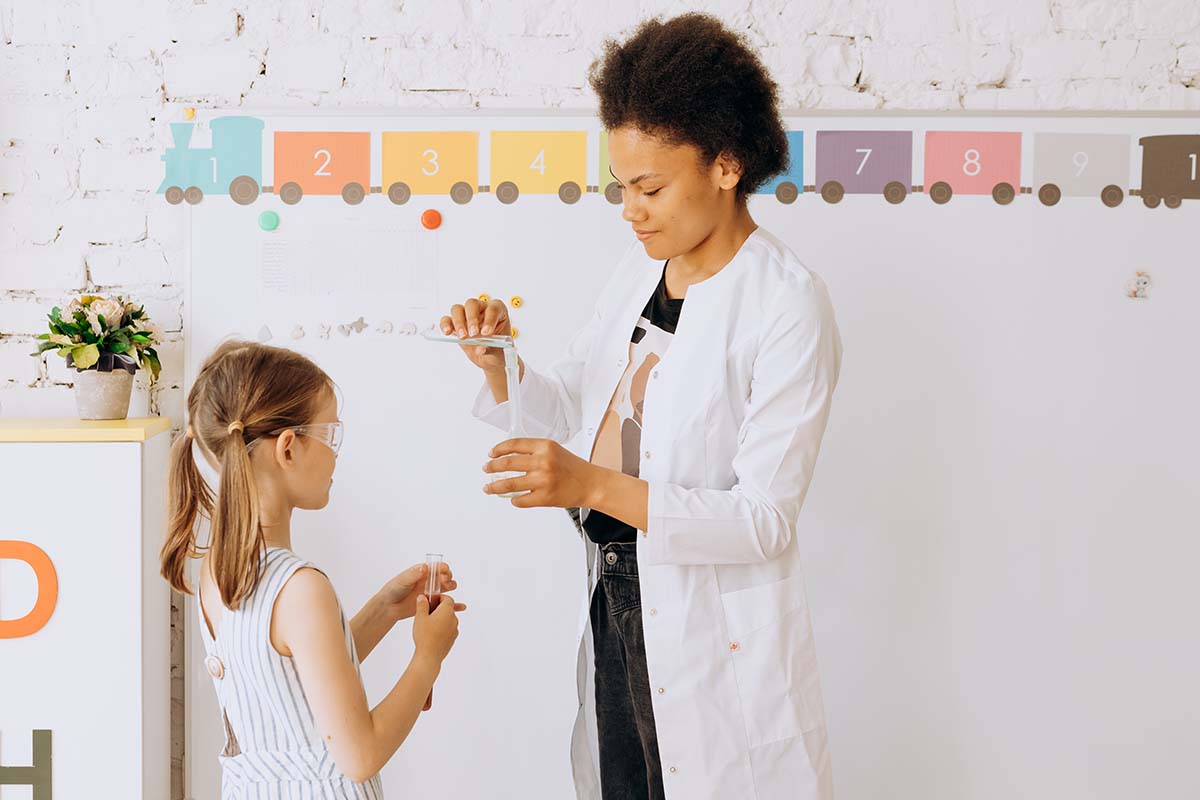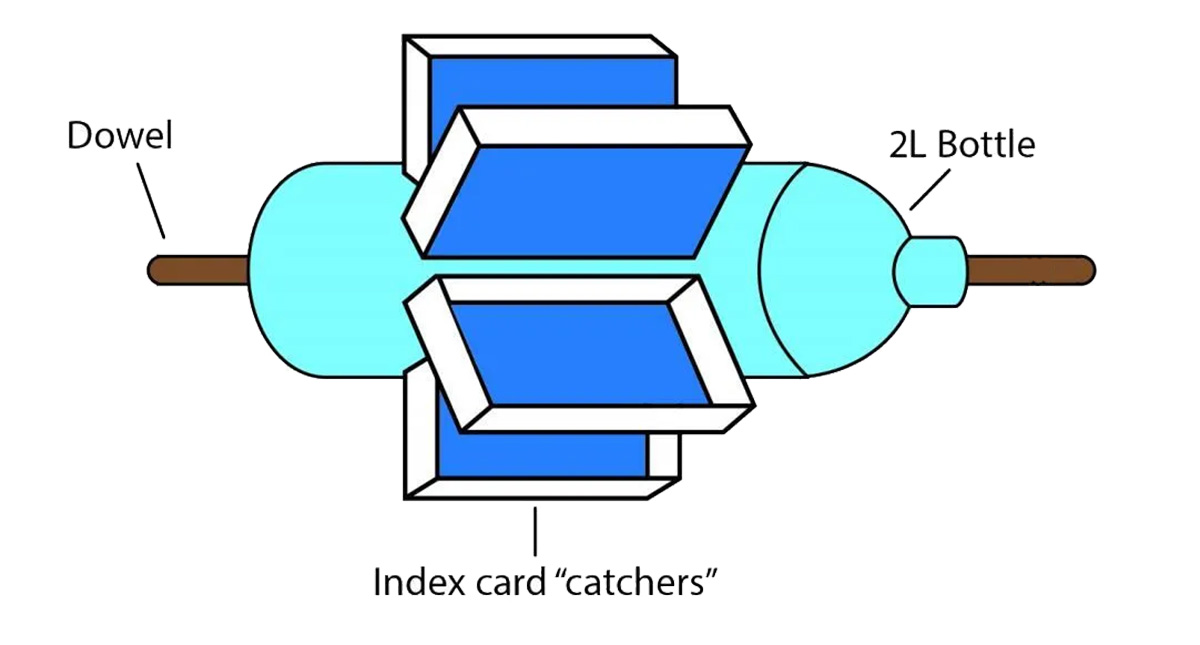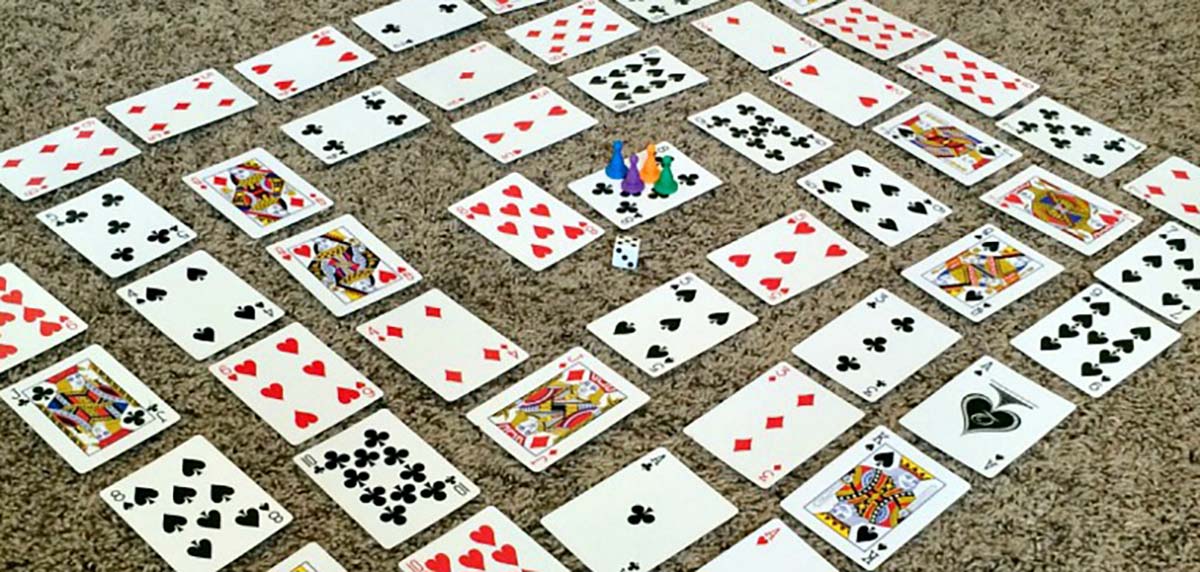
STEM subjects (Science, Technology, Engineering, Math) help build important skills kids need for school and in their future careers. STEM classes have the added benefit of improving problem solving, creativity, and adaptability that come with these subjects. Here at Spark Math, we not only excel in putting the “M” in STEM, we know the importance of making STEM part of everyday life. In this series, we will explore some of the most fun, interactive, and educational STEM activities by grade level, that you can try at home. Check out these fun STEM activities for 4th grade kids!
1. Learn about creating energy by building your own water wheel
In 4th grade students learn about energy and how it can be transferred and used to create motion or electricity. Water wheels have been used to transfer energy and help power machines since a disciple of Confucius used one in the 5th century BC. They used water to power machines for everything from turning grain mills to creating cast iron objects. Today, water is a vital source of renewable energy using hydroelectric dams.
In this activity, from the University of Guelph, kids will create their own water wheel to understand the energy water creates and how it’s used to help run the world.

What you need:
- 1 empty plastic soda bottle (2 liter)
- Scissors
- Tape
- 6 large index cards
- Plastic Wrap ( You can also use plastic zip bags or tin foil)
- Marker
- Wooden Dowel (Longer than the bottle and not wider than the mouth of the bottle)
- A water source (This can be a sink or another large bottle of water to make the water wheel work)
- A sink or bucket (This is where to place the water wheel to catch the water. The wooden dowel should be able to hold up the bottle on both sides of the water catch.)
Building Instructions:
- With the marker, draw 6 lines (Top to bottom), that are equidistant from each other, in the center of the bottle. This is where to tape the water catchers made out of index cards
- Use the scissors and tape to create small boxes out of your index cards. Draw a big X or circle in the center of one of the boxes with your marker. This makes it easier to see how fast your water wheel is spinning.
- Cover the index card boxes in plastic wrap, tin foil, or plastic zip bags. This makes the cards waterproof. Make sure they are wrapped tight.
- Tape the side of the index card boxes to the soda bottle at the drawn lines . They should all have the open top facing the same direction, so it looks like a Ferris wheel.
- Make a hole at the bottom of the bottle that is about the size of the mouth of the bottle.
- Insert the wooden dowel through the mouth of the bottle and through the hole you create at the bottom of the bottle.
Experiment Instructions:
- Place the plastic bottle water wheel in the center of the sink or bucket. Make sure the bottle is at the center of the wooden dowel and that there are at least 3 inches of the dowel outside the bottle on either side. Tape the wooden dowel to the sink or bucket on both sides. The dowel should be held in place but the bottle should be free to move.
- Turn on the sink or start pouring water onto the open part of the index card boxes.
- The bottle will start spinning on the dowel and there is a working water wheel!
What is Happening?
This simple experiment helps show how energy is produced. When the water flows out of the sink or bottle, it creates “kinetic energy,” the energy of an object moving. This energy is transferred from the falling water to the bottle making it spin. This is the same concept used in creating electricity throughout the world. More advanced water wheels are used in dams and connected to generators. These generators capture the energy created by the water and store it to be used in homes. Because this energy is created by just water moving naturally, it is one of the best renewable resources of energy on the planet.

Ways we can learn!
- Calculate Average: Count how many rotations your water wheel does in a minute, then divide that number by 60 and find the average rotation per second.
- Optimize Your Design: Try and come up with new ways to make the bottle spin faster. Maybe boxes aren’t the option, try playing cards or plastic spoons.
- Reengineer: Tie a string to the mouth of the bottle and the other half to a toy or pencil. Is your water wheel strong enough to lift things?

2. Spiral: A fun multiplication game
Multiplying with 2-digit numbers is one of the biggest skills kids learn in 4th grade math. Finding fun and interactive ways to use math concepts is key to helping kids truly understand and embrace math. Spiral is a board game you can play with objects you have at home to create different math problems every time you play.
What you need:
- A deck of playing cards
- Player tokens (You can use playing pieces from other board games or some of your favorite smaller toys)
- A single die (6 sided die is good to start but for more harder math problems you can use a 12 or 20 sided die)
- Paper and pen/pencil to work out problems
Building the playing board:
- You are going to create a game board using all 52 of the playing cards. You want to place them in a spiral pattern (either a circle or a square).
- Put your player tokens in the center.
How to play Spiral :
Each playing card is a space on the board. Players take turns rolling the die and moving that amount of space on the board. Whichever number the playing card has you multiply that by the number you rolled. If you get the answer right you get to stay in your spot, if not you have to move back to the last spot you were in. For the values of the face cards, Aces are the number 1, Jacks are the number 11, Queens are 12, and Kings are 13. With a 20-sided die, you can create more advanced math problems The first player to get to the end of the board wins!
Learning made fun!
Spiral is a great way to practice 4th grade math skills without being given the same problems over and over again. With every roll there is a new challenge and question to solve. This helps students use the math they learn in class in a real scenario with an exciting outcome if they can solve the question correctly. This game is also a great way for families to stay up to date on their math skills. Working together to solve problems is a great way for kids to show, and teach their parents, how to use the skills they use at school.

3. Using money to learn about decimals (and vice versa)
Decimals are first introduced in the 4th grade, but are constantly used in everyday life. How? Every time someone spends money. For kids learning decimals, connecting it to something they understand, like money makes the new math concepts more understandable. Breaking down the seperate parts of a whole numbers with physical items helps kids better understand the concept of decimals. Coins are the perfect representations of how we break down a whole number, by breaking down a dollar into change . We can represent coins not only with their names but by the decimal they represent.
A penny is .01 of a dollar
A nickel is .05 of a dollar
A dime is .10 of a dollar
A quarter is .25 of a dollar
A dollar is the whole 1.00
For parents who want to teach their children about budgeting, this might be the perfect time to introduce a piggy bank. This will help them keep track of different amounts and types of money and how they add up to bigger numbers. Deciding on a big item to save up for is a fun way to show how with enough smaller parts, you can build enough for a larger whole.
Build STEM and Math Skills With Spark!
Looking for more fun and interactive STEM activities for every grade? Check out our Spark Math blog for great news and activities the whole family can enjoy. Looking for a weekly online class filled with learning activities, gamified learning, and all led by real experienced math teachers? Sign up to try a free demo class today! Looking for more great resources, blogs, and activities from Spark Math for the summer? Check out our Pinterest Page!
Pre- K / Kindergarten – First Grade – Second Grade – Third Grade – Fourth Grade – Fifth Grade




